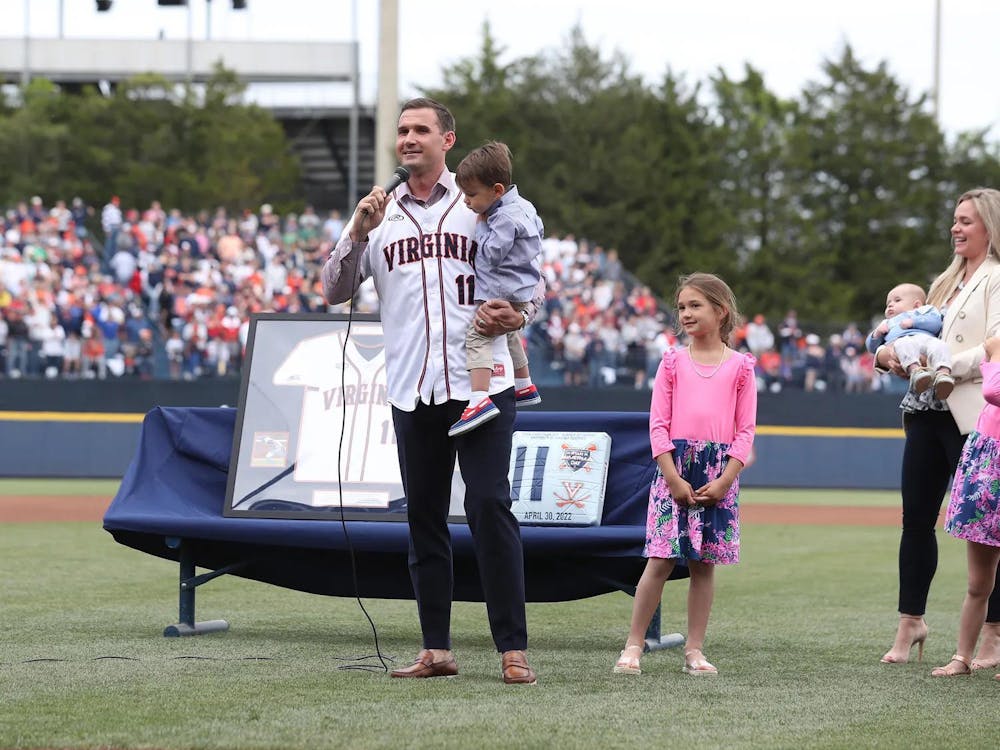Over two years of hard work from more than 100 Architecture and Engineering students culminated in success Sunday when the University was named the first place winner of the Solar Decathlon's Design and Livability contest.
The Design and Livability contest is one of 10 contests that comprise the U.S. Department of Energy's Solar Decathlon.
"Overall, the theme of the Decathlon is [to find] the best looking house that produces the most energy and uses it most efficiently," said Josh Dannenberg, who graduated from the Architecture School in May and served as a University team member.
Co-sponsored by the National Renewable Energy Laboratory, BP Solar, The Home Depot, Electronic Data Systems and the American Institute of Architects, the student competition runs from Sept. 26 to Oct. 6 on the National Mall in Washington, D.C.
A panel of acclaimed architects reached an almost unanimous decision in placing the University design above the competition's 13 other entries.
The University of Puerto Rico-Mayaguez claimed second place, and the University of Texas at Austin, third.
The University's team "addressed more environmental and energy issues to a higher degree than anyone else," said Stephanie Vierra, an architectural consultant and jury panelist. "The architectural solution pushed the envelope."
Fourteen feet wide and 48 feet long, the University's design was based on the concept of the American trailer, Dannenberg said. "We wanted to celebrate that modern, mobile house that can go anywhere with ease and flexibility."
The exterior of the University's house consists of moveable "skins," or layers, that can change according to season, climate and terrain. It also can alternate shading and heating the structure.
The team was "very concerned that the design be adaptable to a variety of climates," said Architecture Prof. John Quale, the team's architectural advisor.
This adaptability proved key in swaying contest judges.
"We felt the house could actually perform in just about any condition, fit in most landscapes and certainly other climates," Vierra said.
In addition, much of the building was constructed from reclaimed and recycled materials.
Environmental considerations were one way in which "the form of our house reflects modernity and the ethical responsibility we as architects and designers have," Dannenberg said.
Although some of the Decathlon teams built more traditional looking houses, the University team embraced modern technology and lifestyle in its design.
"The quality of thought that went into each and every component was at a very high level," Vierra said.
The design and livability contest is significant in that it carries 200 points, twice the weight each of the other nine contests within the Decathlon carries.
The University's early win places it in first place as the college teams await the results of the other nine contests. Final Solar Decathlon results will be announced Oct. 5.




